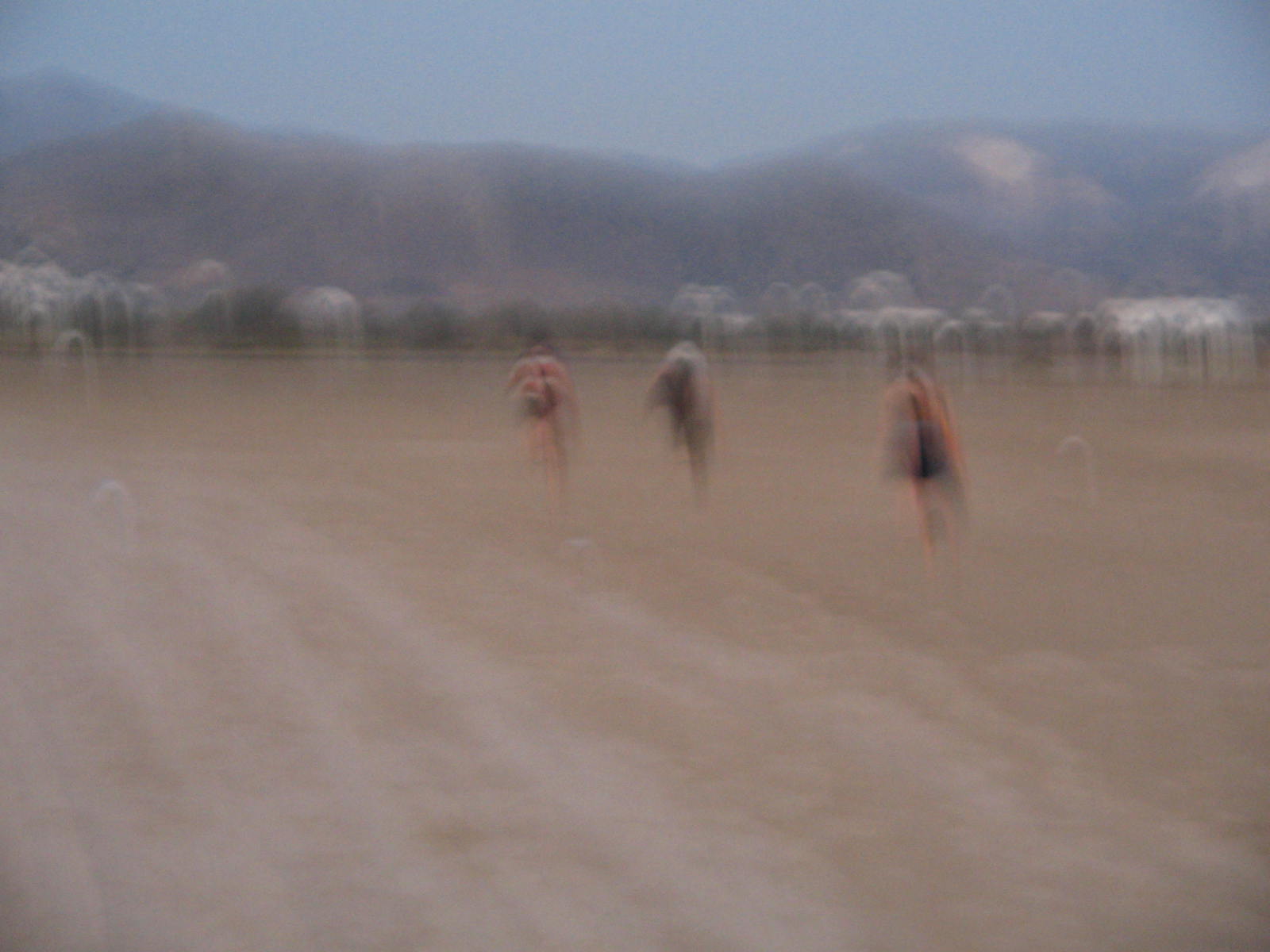Instead of requiring a traditional analysis of musical structure, We’re Alive, Let’s Meet! calls for an analysis of musical relationships between sociopolitical bodies, rather than between the sounds themselves. By musical relationships I mean relations between people based upon a sharing of music. Musical relationships based upon a sharing of music made by ‘women’ in lesbian cultures in particular are often difficult to ‘analyse’ in a normative sense because “the cultural traces that they leave are frequently inadequate to the task of documentation” (Cvetkovich 2003: 9). Queer theorist Jose Esteban Muñoz writing about the ephemerality of queer archival practices and histories explains,
Queerness is often transmitted covertly. This has everything to do with the fact that leaving too much of a trace has often meant that the queer subject has left herself open for attack. Instead of being clearly available as visible evidence, queerness has instead existed as innuendo, gossip, fleeting moments, and performances that are meant to be interacted with by those within its epistemological sphere—while evaporating at the touch of those who would eliminate queer possibility (Muñoz 1996: 6).
Whilst Muñoz discerns the need not to leave too much “visible evidence” as a survival strategy in the face of an ever ongoing elimination of radical queer possibility, his ephemeral traces that pass by as innuendo and gossip prick up my ears (Muñoz 1996: 6). These are the auditory traces that can provide some coordinates for scanning the airwaves, for momentarily tuning into the frequency of this work, a frequency which otherwise might not so much “evaporate at the touch” as fade from the ears “of those who would eliminate queer possibility” (Muñoz 1996: 6).
Hedditch, speaking at the Her Noise: Feminisms and the Sonic Symposium in 2012, addresses the possibilities contained within the word ‘noise’ as a “powerful term which opens up the space for the illegible and non-compartmentalised practices…not defined by one person or another” (transcribed Hedditch HNS-2012). Noise then, as Hedditch seems to be using it, puts forward a claim not only against the silencing of historical erasure, but as a specific transmission of subjugated knowledges, “illegible and non- compartmentalised practices” (Ibid). Noise considered in this way connects with Muñoz’s ephemeral traces of the queer archive as something overheard, as double entendre, as gossip and fleeting moments, yet as a persistent static and hum which carries a hidden signal for those who care to listen.
In discussing the construction of the Her Noise Archive – which forms the basis of We’re Alive, Let’s Meet! – Hedditch explains that “there was a kind of realisation about the production of certain, or recordings of certain women’s work, that there was less of it and it was harder to get” (transcribed Hedditch HNI-2006). Traditional musical analysis in this instance proves insufficient, not only because “certain women’s work” is difficult to access, having been largely excluded from hegemonic musical histories. These sounds can be even more difficult to trace, because of a kind of knowingness about the traps and dangers of documentation. This “women’s work” is often intentionally undocumented, as well as being mostly erased from hegemonic histories (transcribed Hedditch HNI-2006). But specifically, traditional musical analysis focused upon “asking about the meaning of sound in culture and society” (Madrid 2009: 4) proves insufficient here, in particular because the moment of the realisation of the difficulty in accessing this kind of work is one of the moments that this installation seeks to materialise. In this sense then, Madrid’s writings on performative composition that shifts, and thereby expands the performative focus in music may be further appreciated as opening up the performance of audition to enable a hearing of the unheard, the said as much as the unsaid, as a way of tuning in to the ephemeral archive so as to materialise a public, a collective memory, in the space of its historical erasure.
To perform audition in this sense then, is an activation of a fluid production of meanings that are produced collectively in the moment of performative composition rather than being inscribed by an original ‘composer’ as a fixed, timeless and ahistorical meaning for a work. Instead the circuit of meaning that produces an (un)intelligibility for a composition becomes not only contingent upon the social milieu in which and through which it is produced but also, crucially, upon the social milieu which such an act of composition itself produces. The interpellative scene and therefore inscription of meaning within performative composition is reliant upon who the members of this listening public might be, “who’s in the audience creating community” (Cvetkovich 2003: 9). Therefore tuning into this work requires a particular performance of audition, where audible signals that emerge through this frequency are transmitted only for “those within its epistemological sphere” while fading from the ears “of those who would eliminate queer possibility” (Muñoz 1996: 6) as a specific strategy for communicating the tools of survival in often hostile environments.
